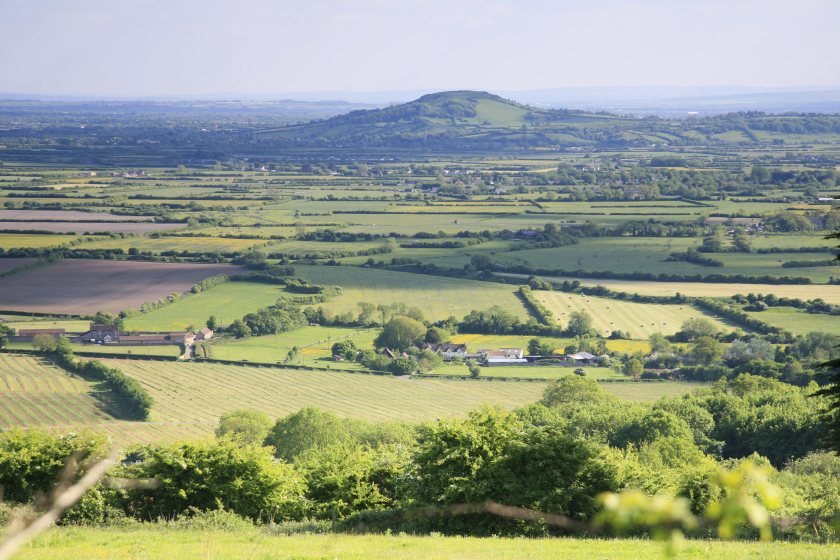
Britain’s farmland market has tightened over the past year, with new analysis showing fewer acres coming to market and value changes varying sharply between regions and land types.
Savills’ latest market review reports that just 159,400 acres were publicly marketed across Great Britain by the end of October — 11% less than during the same period in 2024 — despite mounting economic pressures and shifting government support prompting farms and estates to reassess their businesses.
Supply has fallen in England and Scotland, down 13% and 12% respectively, while Wales bucked the trend with a 9% increase, helped by a surge of launches in October.
Across 2024 and 2025, one in five acres marketed was part of a holding over 1,000 acres, higher than the 10-year average of 16%.
Andrew Teanby, Rural Research Director at Savills, said that although supply has dipped, overall activity is still strong. “Market activity remains 18% above the average for January–October of the last five years,” he said, noting that the volume of land traded has returned to levels last seen in 2012–2016, before Brexit, Covid and the war in Ukraine disrupted market patterns.
Within England, only the East Midlands saw an increase in supply, up 22% on last year and 71% above the 2012–2016 average. Savills attributes this to the region’s historically more liquid market, shaped partly by its strong arable base.
Charlie Paton, farm agency director, said activity reflected a range of motivations, noting sales linked to retirement, disposals of non-core assets by institutions, and probate. He added that both private and corporate buyers remained active.
Although fewer properties have launched, the average size of those marketed — around 190 acres — has remained consistent, meaning the contraction stems from a reduced number of farms rather than smaller units.
Savills data shows 111 fewer properties over 50 acres were marketed between January and October 2025 compared with the same period in 2024.
Farmland values have eased overall, falling by 0.6% across the first three quarters of the year, although trends differ markedly by region and land type.
In the East of England, pasture values are unchanged while arable values have declined, with prime arable down 5.5% and grade 3 arable down 1.5%. Across England, average arable values have fallen by 2.7%.
By contrast, most land types in the North of England have risen in value, driven in part by sustained demand from dairy farmers. Prime dairy land has increased by 2.3%, though fewer buyers are now active as milk prices dip. Poorer pasture in the region has fallen by 2.3%.
Charlie Paton said market conditions vary widely and that pricing strategy remains critical. “The strength of competition and prices achieved continues to vary widely between and within regions,” he said.
Some of the strongest sales agreed this year went under offer within days, often with competitive bidding pushing values above guide.
The report notes a slowdown in activity from natural capital–driven buyers, with interest expected to revive once the delayed Land Use Framework and further Local Nature Recovery Strategies are published.
Meanwhile, the Planning and Infrastructure Bill — intended to boost building and stimulate economic growth — could offer fresh opportunities for farmland value uplift as it moves towards the final stages of its Parliamentary progress.
With political uncertainty, shifting policy and volatile commodity markets all influencing land decisions, analysts say the key trends for 2026 will hinge on interest rates, environmental scheme clarity and the pace of natural-capital development.
